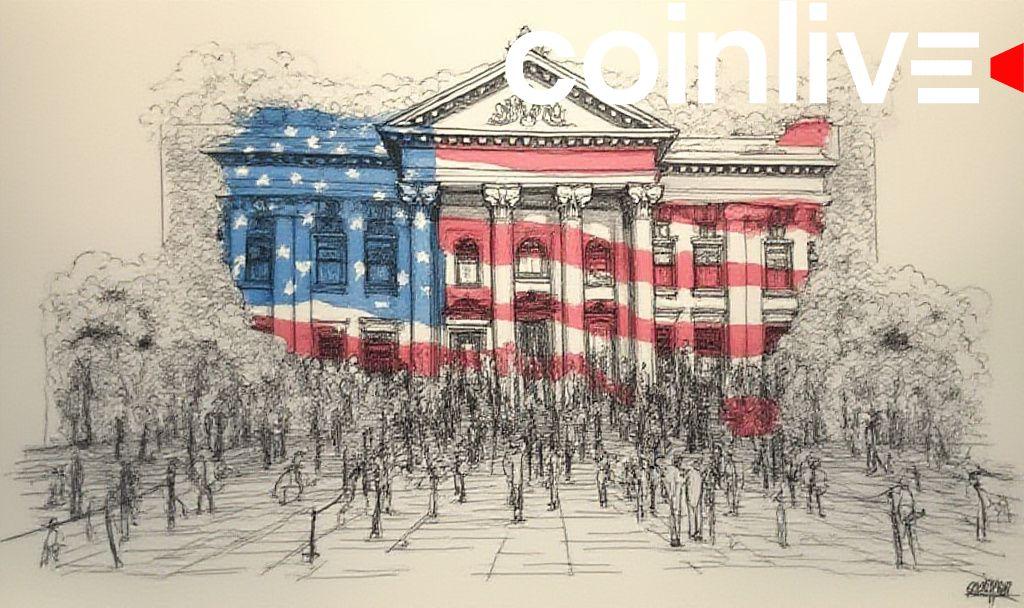- US banks explore stablecoin initiative due to cryptocurrency competition.
- Stablecoins increasingly impact payment volumes and deposits.
- Stablecoin use highlights shifts in digital payments.

Traditional US banks’ entry into stablecoins marks how cryptocurrencies challenge established finance sectors.
Joint Stablecoin Initiative by Major US Banks
The joint stablecoin initiative signals a strategic move by major U.S. banks like JPMorgan Chase and Bank of America to counter cryptocurrency growth. These banks are in preliminary discussions involving entities like Early Warning Services, suggesting industry adaptation to digital currencies.
The Growing Role of Stablecoins
The interest in stablecoins is driven by their growing role as efficient tools for digital and cross-border transactions. Additionally, stablecoins have gained traction in platforms, with over 109 million wallets currently engaged, positioning them as a competitive force in finance.
Shifts in Deposit and Payment Volumes
The banks’ discussions come amid rising concerns that stablecoins could capture substantial deposit and payment volume shares from traditional institutions. This shift, along with regulatory scrutiny, highlights the evolving landscape of the finance industry impacted by digital innovation.
Adapting to Changes in Finance Technology
The exploration of stablecoins by banks reflects a broader industry trend adapting to changes in finance technology. As banks weigh potential outcomes, factors like regulatory compliance and technological integration remain pivotal in shaping future decisions. As Jamie Dimon, CEO of JPMorgan Chase, noted, “
The stablecoin initiative represents a proactive approach to addressing the competition posed by the rapidly evolving cryptocurrency landscape.
“
Potential Regulatory Influence
Banks’ potential adoption of stablecoins may significantly influence financial markets and regulatory landscapes. Legislative developments like the GENIUS Act could establish frameworks guiding stablecoin regulation and anti-money laundering requirements, potentially harmonizing bank-stablecoin alliances with existing financial structures.






